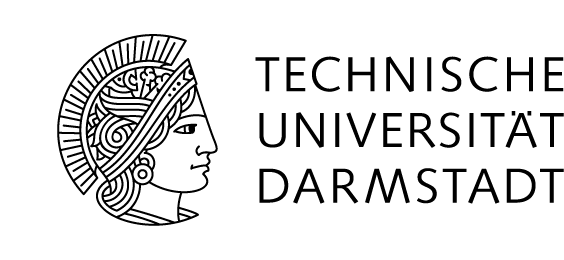Mesoscopic and macroscopic fatigue in doped ferroelectric ceramics
Prof. Dr. J. Rödel (Div. Non-Metallic-Anorganic Materials)
____________________
Under operation conditions piezoelectric actuators are exposed to conditions that are different form those in the laboratory. In general they are driven at high temperatures and under mechanical preload, whereas the electric field is applied just in one direction (unipolar electric loading). The deterioration mechanisms that appear in this case might be different from those that were observed under bipolar electric loading without mechanical load at room temperature. Therefore the fatigue behaviour of piezoelectric actuators under application oriented conditions will be investigated in project D1. The possible deterioration mechanisms that contribute to the fatigue can be divided into three fields. Up for discussion is at first the migration of volume charge carriers to the grain boundaries, the electrodes or to deep traps in the material. This can lead to an internal field, that interacts with the external field and the ferroelectric domain structure. On the other hand is it possible that fixed charge carriers degrade the mobility of domain walls. The second possible deterioration mechanism is the injection of charge carriers at the electrode-material-interface. This might once again create an electric field, that influences the sample, on the other hand these charge carriers take influence the local domain switching ability by supporting or constricting the nucleation of new domains. The third deterioration mechanism is based on the creation of micro cracks. To quantify the ratio of the different effects on fatigue, ceramic PZT-samples are cycled electrically under various conditions. The most important parameters that can be varied during the fatigue process are the temperature and the mechanical load, that is applied parallel to the electric field, because those values take directly influence on the charge transport behaviour and the switching of the domains. By usage of different electrode types like metallic or oxidic electrodes, as well as by inserting an isolating, paraelectric layer between the electrode and the material, the influence of barrier effects on the fatigue is investigated. The electric loading is varied by changing the frequency and by switching from unipolar electric loading to “sesquipolar” loading, where high positive fields and low negative fields are applied to the sample. The characterization before, during and after the fatigue process occurs mainly by measurements of macroscopic parameters like polarisation hystereses, mechanical strain, piezoelectric coefficient d33 and the relative permittivity ε33.
By investigations of the time dependent evolution of the polarisation under constant electric field in cooperation with project B7 (v. Seggern/ Klein), information about the domain dynamics is gained. Supportive to these experiments microscopic sample characteristics like defect structure and local switching behaviour are investigated in close cooperation with the other projects of the SFB. Furthermore project D1 supports project A1 (Rödel) in measuring ferroelectric characteristics of new developed lead free ceramic actuator materials and provides fatigued samples, that are investigated in projects B3 (Kleebe / Donner) and B7 (v. Seggern / Klein). The fatigue program that is applied to the samples depends on the requirements of the different projects.

